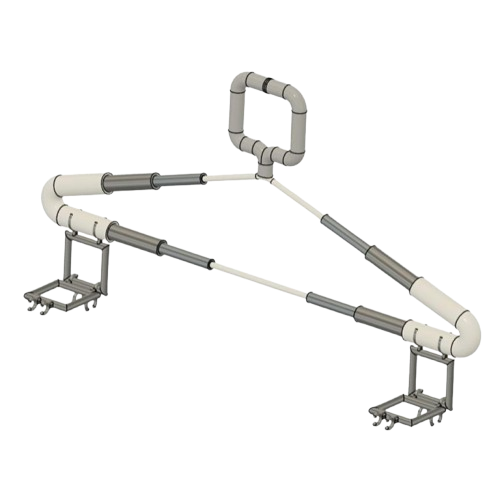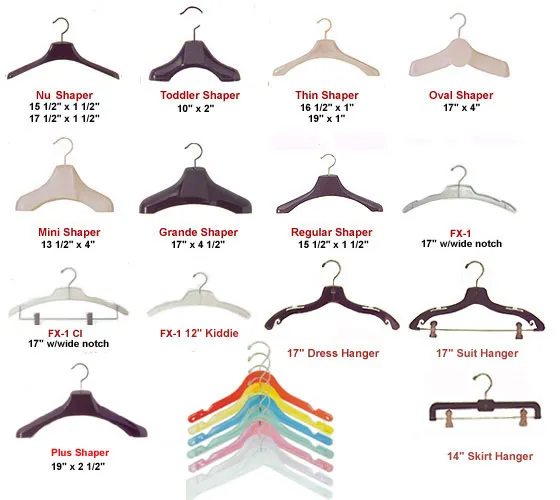
Universal Clothes Hanger
A redesign of a common household item in an attempt to create an item for all users and situations
Find more in-depth documentation on my Notion.

The Background
For my Grade 12 Engineering Design Capstone course, I was given free rein to conceptualize, design, and develop an engineering project. I wanted to explore a human factors application on everyday life after taking a course on it the year prior. After a few weeks of deliberating, I decided to focus my efforts on clothes hangers. Clothes hangers are a staple in everyday life, but they perpetually come with many complaints. There are so many different types of clothes hangers for specific types of clothing, but not one that encompasses a wide variety.
The Research
To fully understand clothes hangers, I extensively researched what products already exist, the standardized dimensions and measurements of clothes and hangers, and manufacturing considerations. From the research, I developed essential criteria and constraints for this design.


The Development
The ideation process began with creating full concept sketches for each hanger element. I then expanded on four viable solutions by modeling the assembly with dimensions in AutoCAD. After analyzing the options with design matrices, ranking charts, and user surveys, I chose the design with telescoping arms. I digitally modeled the parts in Fusion360 to refine dimensions and joints, deciding to 3D print the central magnetic hook from TPU for flexibility. The prototype was mostly 3D-printed, with a custom base in acetal plastic for rigidity in the telescoping portion.
The Final Product
The final product was successfully created from the model, not including the square attachable hooks because the sizing didn’t work out the first time and I ran out of 3D printing resources. However, the prototype successfully changed size with a range of about 8 inches in width, showing proof of concept.


The Takeaway
This project was the first full-length individual design project I ever completed. It showcased my knowledge of the engineering design process as well as my technical modeling skills. I was able to expand on my manufacturing skills and truly understand the importance of iteration in design. If I had more time and resources, I would have made multiple full iterations of the prototype to improve the mechanisms. Still, I learned how to research and design with a universality focus, and I was able to bring my idea into reality.
